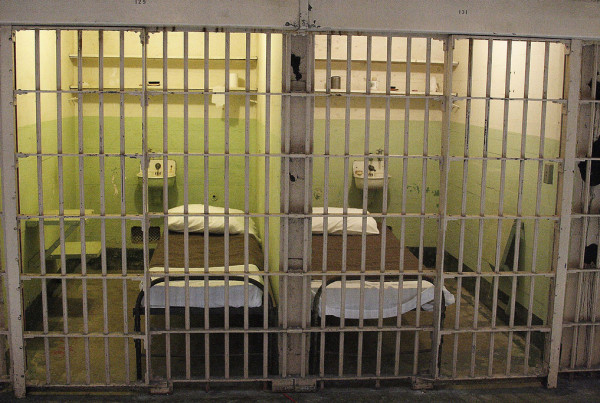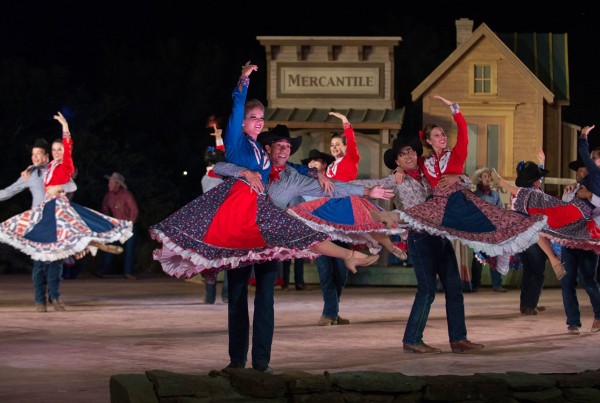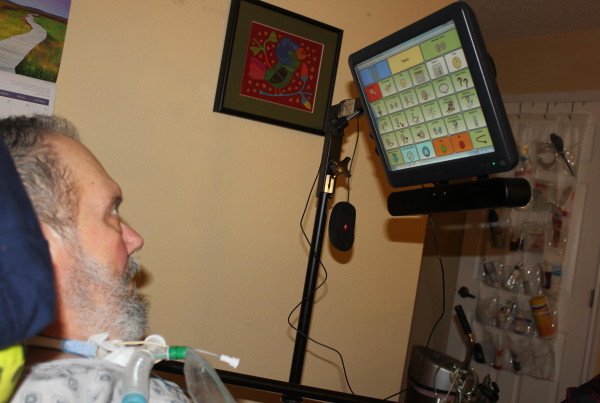This story originally appeared on Houston Public Media.
The crack of thunder means lightning is nearby, which means Ana Gonzalez Herrera will head indoors.
“I’m basically terrified now that every time it thunders or it rains. I am very terrified going out there, hearing the thunder,” Herrera said.
Her fear is newfound: just two weeks ago, her father died after being struck by lightning. She said he was walking to a convenience store in his neighborhood in Port Lavaca, a town southwest of Houston on Matagorda Bay.
“It was already thundering when he decided to go outside. And he went and out of nowhere the lightning just hit him,” Herrera told News 88.7.
Her father was one of 17 people nationwide killed by lightning so far this year. That’s double the average according to the National Weather Service. Scientists can’t make much of such short-term developments, but in the long term, some are predicting there will be more lightning.
“The increase in lightning could be very significant. We’re expecting to see a 50 percent increase in lightning over this century,” said David Romps, an atmospheric researcher at the University of California Berkeley.
“This increase in lightning we’re projecting is due to global warming. As we increase temperatures on the earth, we’re increasing the amount of water vapor that’s lying around in the atmosphere and that water vapor is the fuel for thunderstorms,” said Romps.
More storms, more lightning. Historically, lightning strikes most often at this time of year — early to mid-summer — with the Greater Houston area being one of the most vulnerable in Texas.
Texas ranked second to Florida for total lightning fatalities in the past decade.
















